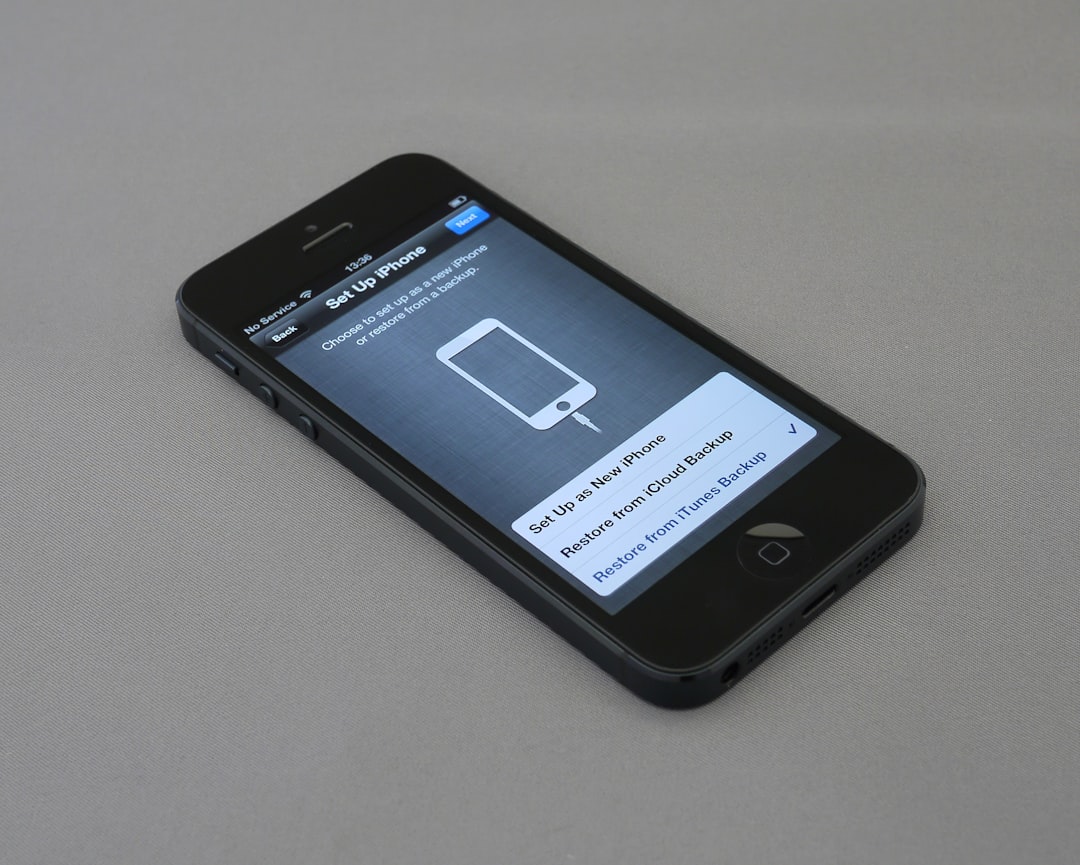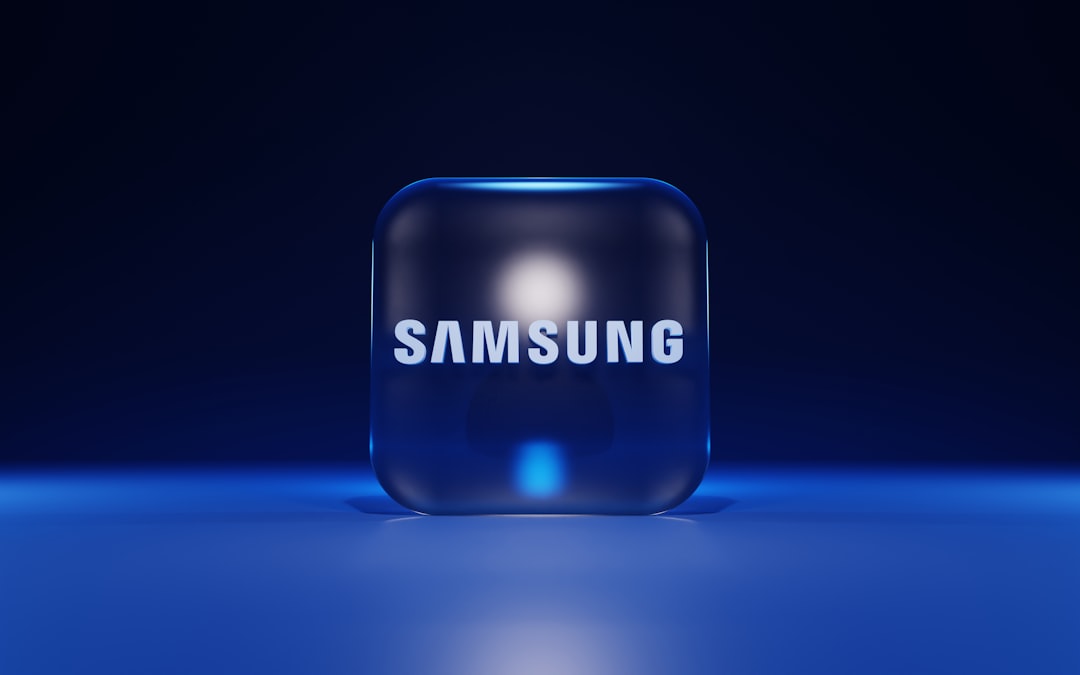Have you ever wondered how your phone can record or stream high-quality video without eating all your storage or data? That’s where video codecs come in. These are like magic tools that compress videos to make them smaller and easier to share — while still looking great.
Today, we’re going to explore the top three video codecs used in smartphones: AVC, HEVC, and AV1. Don’t worry, we’ll keep it light, fun, and simple!
What Is a Video Codec?
A codec (short for “coder-decoder”) is software that compresses and decompresses digital video. It helps take big video files and shrink them down for things like:
- Recording video on your smartphone
- Sending videos via email or messaging apps
- Streaming on YouTube, Netflix, or TikTok
If you’re watching a video on your phone right now — thank a codec!
Let’s Meet the Codecs
Imagine codecs as three different superheroes. They’re all strong, but each has a special power. Let’s meet them:
AVC (Advanced Video Coding)
Also known as H.264, this codec has been around since 2003. It’s the most widely used codec today.
Here’s why AVC is awesome:
- Works almost everywhere — phones, TVs, websites, apps, you name it
- Fast to encode and decode
- Good video quality at smaller sizes
But it’s also getting a bit old. Modern videos are super high-res, and AVC struggles a bit to keep up.
HEVC (High Efficiency Video Coding)
Also called H.265, this is the cooler, faster sibling of AVC.
Why HEVC is better than AVC:
- Same video quality at half the file size
- Supports 4K video and beyond
- More power-efficient on modern phones
Sounds perfect, right? Well, HEVC has a dark secret — licensing fees. Companies have to pay to use it, which holds it back on some devices and websites.

AV1 (AOMedia Video 1)
This codec is the new kid on the block. Developed by big companies like Google, Netflix, and Amazon, AV1 is free and open-source.
Here’s why AV1 is exciting:
- No licensing fees!
- Even smaller files than HEVC
- Excellent quality for streaming and mobile use
So why isn’t AV1 everywhere yet? It’s sloooow to encode. It also needs newer hardware to play back smoothly. But it’s coming fast!
Quick Comparison: AVC vs HEVC vs AV1
| Codec | Also Known As | Compression Efficiency | Device Support | Licensing |
|---|---|---|---|---|
| AVC | H.264 | Good | Excellent (almost everywhere) | Licensed |
| HEVC | H.265 | Better (up to 50% smaller files) | Very good (newer phones and tablets) | Licensed |
| AV1 | – | Best (smallest size, high quality) | Growing (newest devices) | Free and open-source |
Why Does This Matter for Smartphone Users?
Here’s the deal — when you take a video with your phone, or stream one over the internet, the codec affects:
- File size: Smaller files save space
- Data usage: Great if you’re on a data plan
- Battery life: Efficient codecs burn less battery

Newer phones like Samsung Galaxy and iPhones now use HEVC by default. Streaming services like YouTube and Netflix are starting to use AV1, especially on Android and smart TVs.
Examples in Real Life
Still confused? Let’s break it down with some real-world situations:
1. You record a family video on your phone:
If your phone is set to AVC, the file might be 100 MB. If you switch to HEVC, it could drop to 60 MB — less space, same quality!
2. You’re on a long trip and streaming a movie:
Streaming in AV1 could save you lots of data — maybe 30% less than HEVC. That means more shows per GB!
3. You upload a clip to social media:
Platforms like Instagram usually re-encode your videos to save space. If you start with a smaller file (like with HEVC or AV1), uploads are quicker and quality stays high.
What’s in Store for the Future?
AVC is still everywhere. It’s familiar and simple. But it’s slowly fading.
HEVC is popular on today’s smartphones — especially if you shoot in 4K or high frame rates.
AV1 is the future. It’s better for streaming, better for storage, and better for your wallet (because it’s free!).
We’re already seeing phones like the Google Pixel and Samsung Galaxy support AV1 playback. It won’t be long before recording in AV1 becomes standard too.
Tips for Choosing the Right Codec
Whether you’re recording family moments or becoming the next TikTok superstar, here are some quick suggestions:
- Want best compatibility? Use AVC
- Want smaller files without losing quality? Go for HEVC
- Want cutting-edge efficiency (and future support)? Try AV1
Summary: Which Codec Wins?
All three codecs have their strengths:
- AVC: Reliable and everywhere
- HEVC: Smaller files, great for current phones
- AV1: Best quality and compression, future-ready!
For now, your phone might use a mix. But in a few years? AV1 will probably take over.
The Bottom Line
So next time you hit record, or stream your favorite movie, remember: there’s an invisible hero behind the scenes — the video codec. Whether it’s trusty AVC, high-tech HEVC, or super-smart AV1, they’re all working hard to make sure your videos look great and run smoothly on your phone.
Keep an eye out — with each upgrade, your smartphone gets smarter at saving space, saving data, and saving your day!


